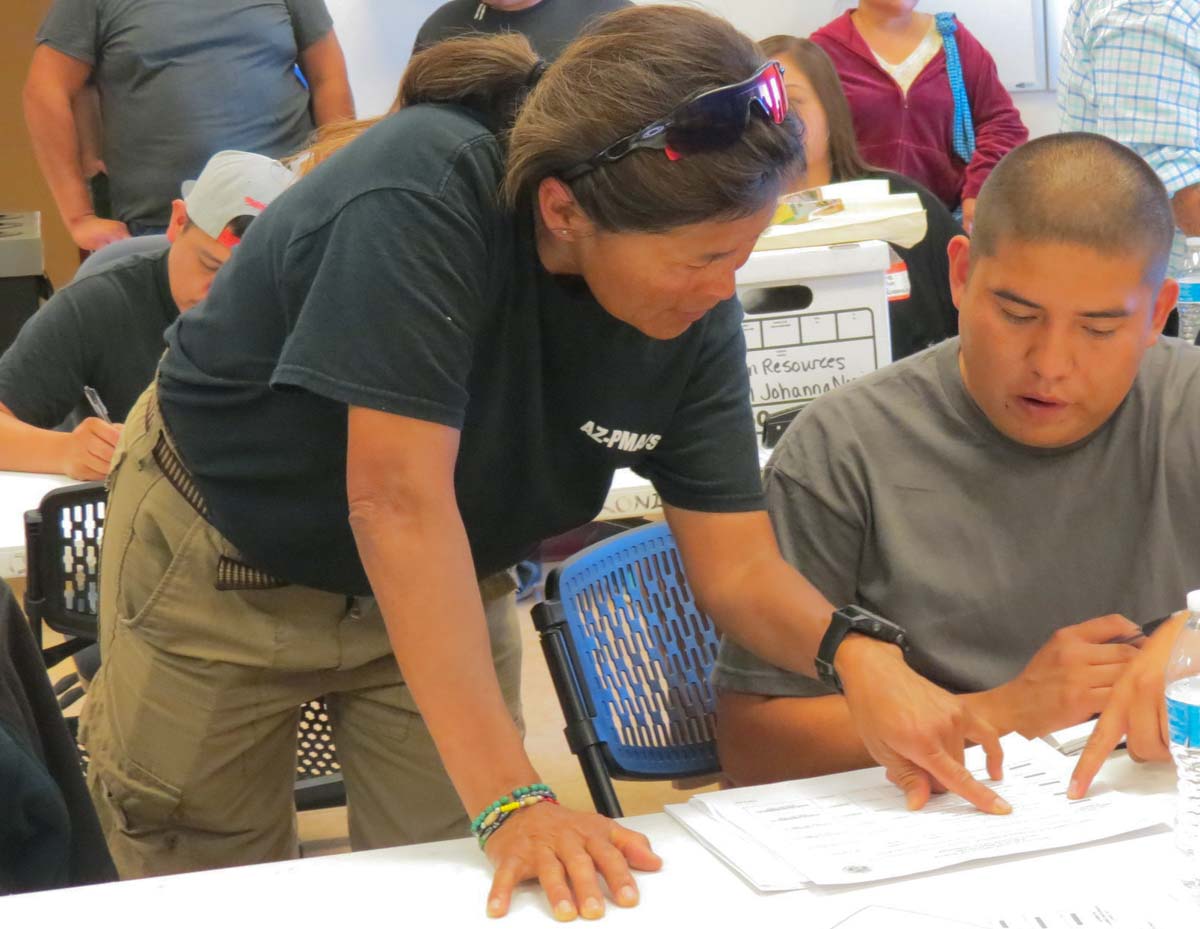
The actions the wildland fire agencies take this year to mitigate the effects of the COVID-19 pandemic deserves to be recorded by historians. First, simply because it is historic. Wildland fire agencies have not experienced a situation like this in the last 100 years. Also, this is an opportunity to learn. Some of the actions being taken by the leaders in the land management and fire agencies will hopefully be effective, but others might not be, or opportunities could be missed.
“Those who cannot remember the past are condemned to repeat it.”
George Santayana
Usually after serious accidents occur on fires there is an investigation or learning analysis with a primary goal of identifying lessons that will reduce the chance of future injuries or fatalities. While this pandemic and the response to it are still unfolding is an ideal time for analysts and historians to get in on the ground floor to begin to observe, record, and find out why decisions are being made and the effects of those actions. It is important to document the first, second, and third order effects.
The Wildland Fire Lessons Learned Center could be the focal point for organizing the effort to record and archive what what works and what doesn’t.
Analysts could be embedded with Area Command Teams, the National Interagency Fire Center, Multi-Agency Coordinating Groups, Incident Management Teams, and dispatch centers.
